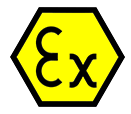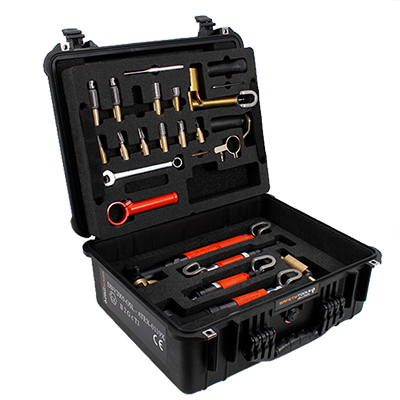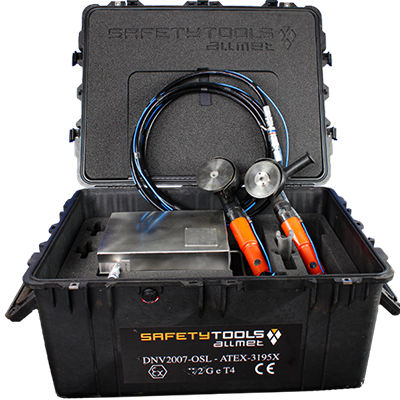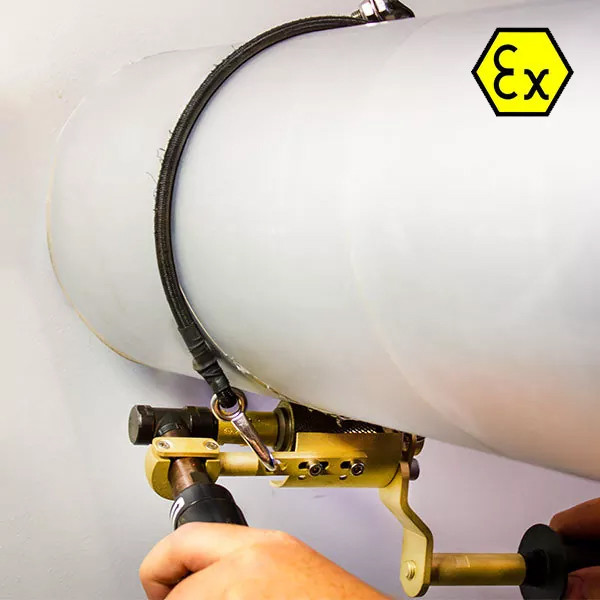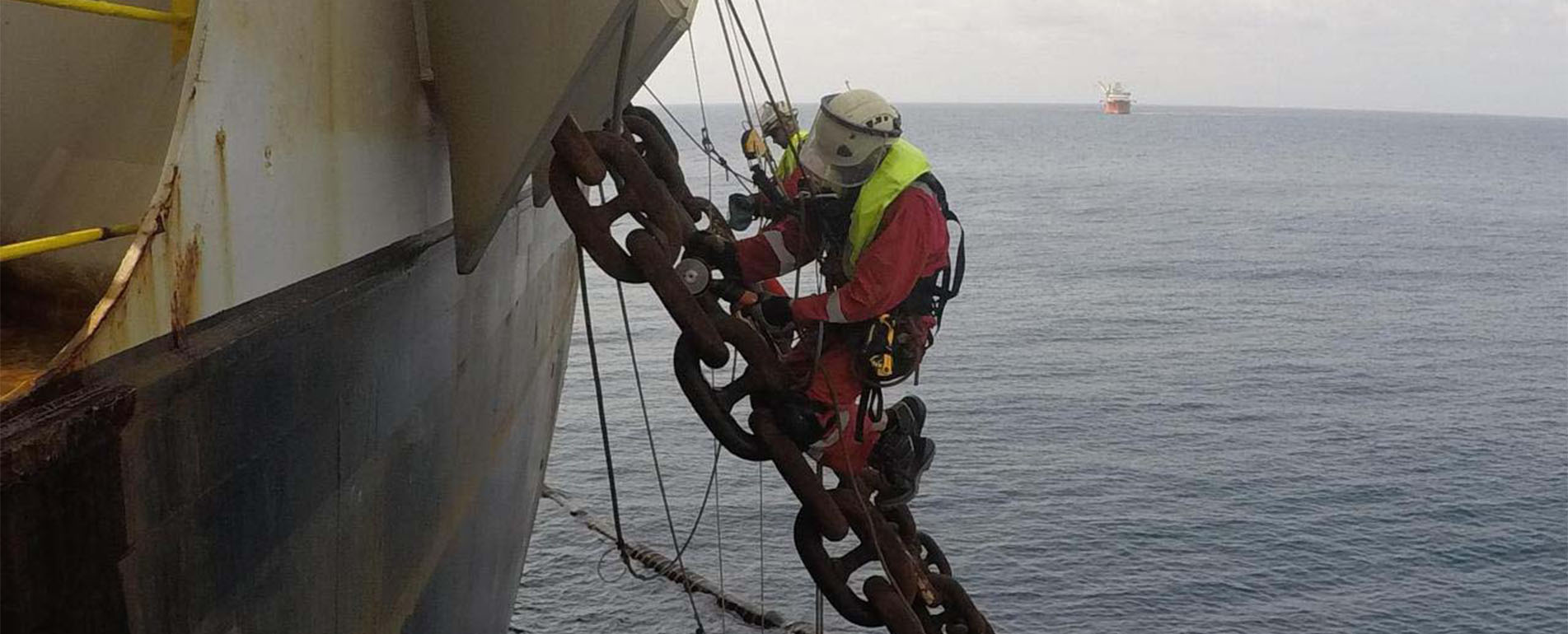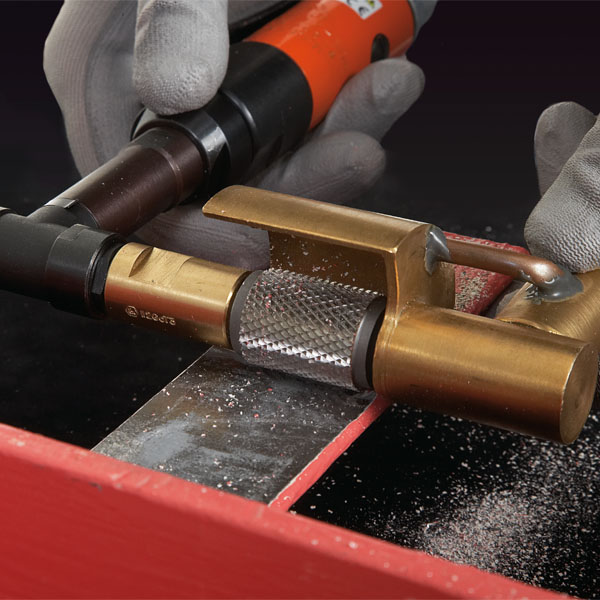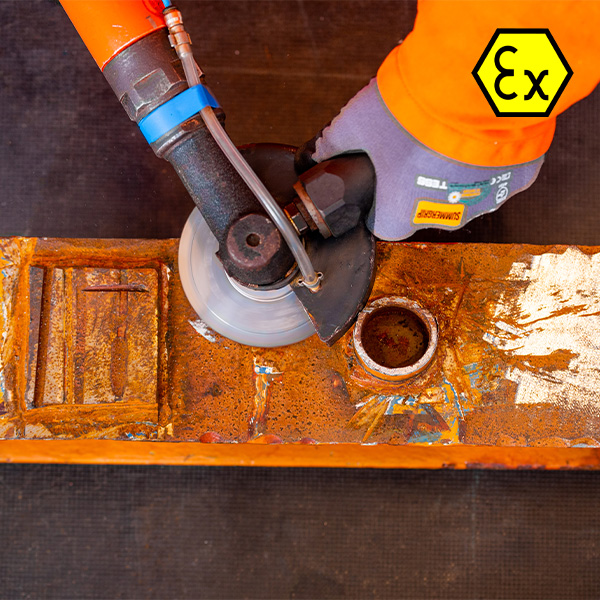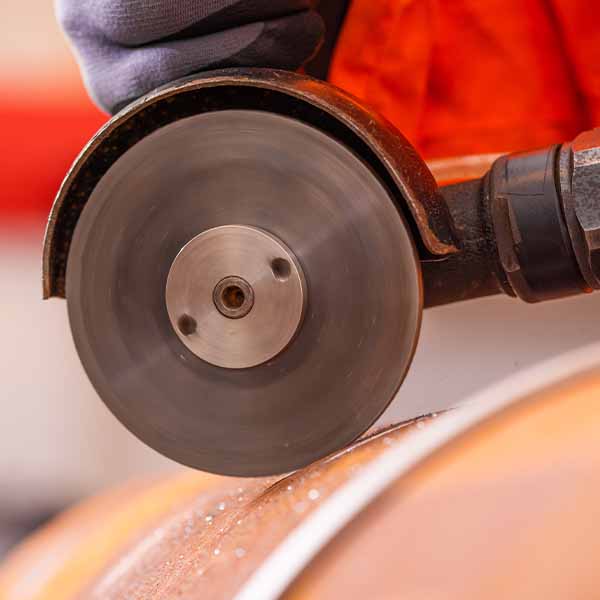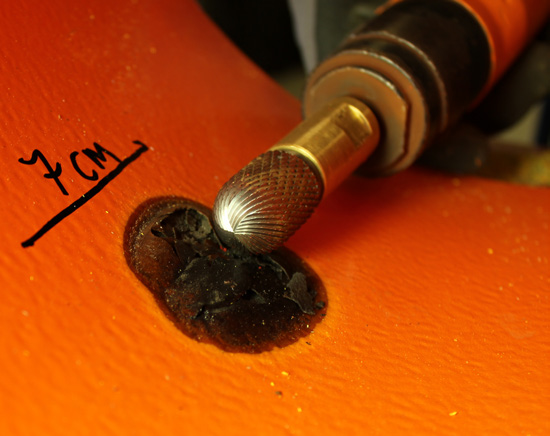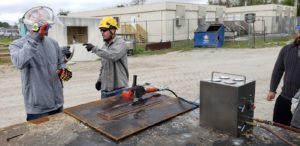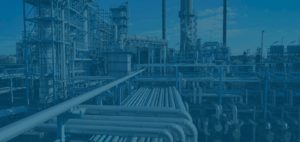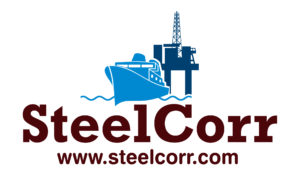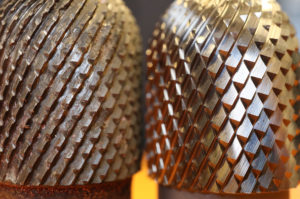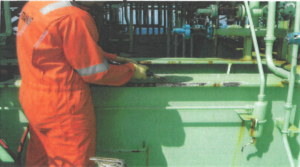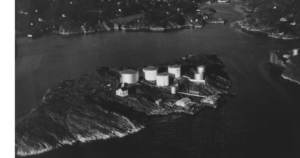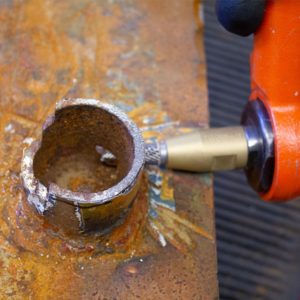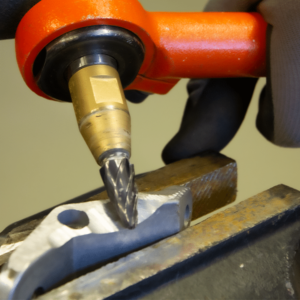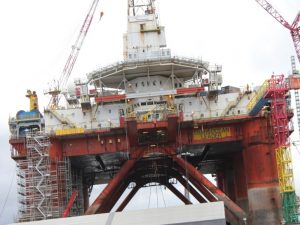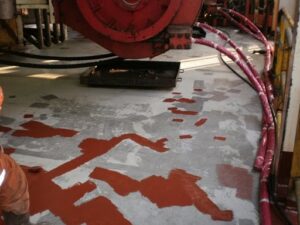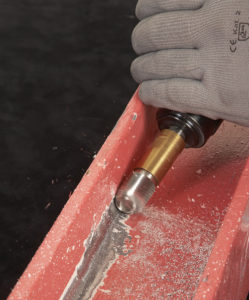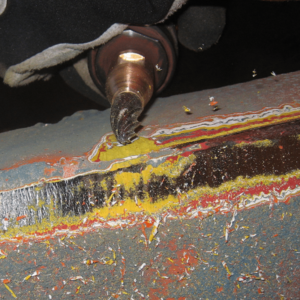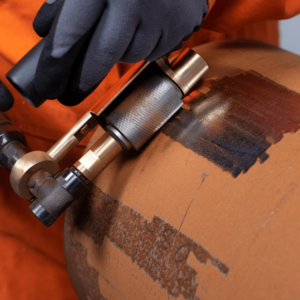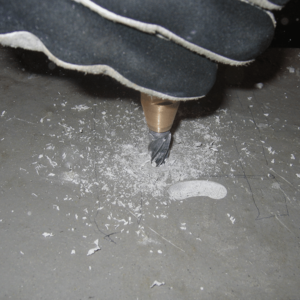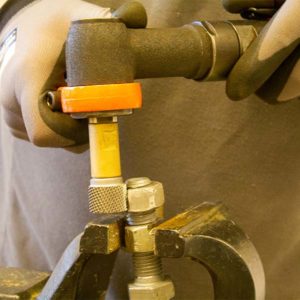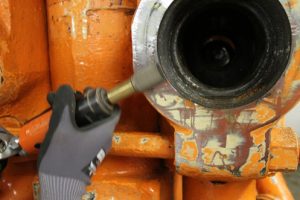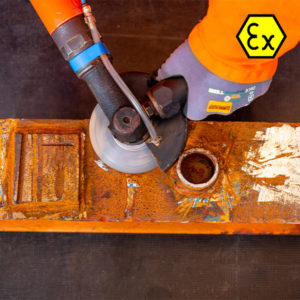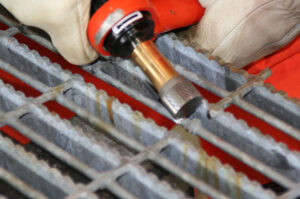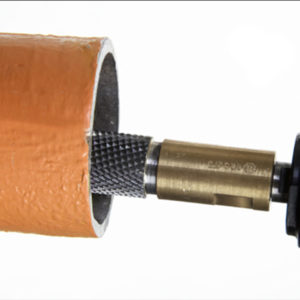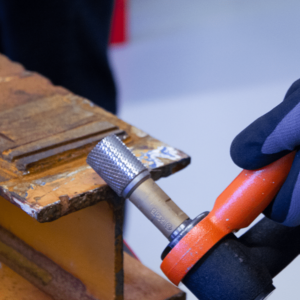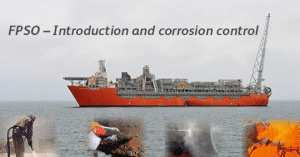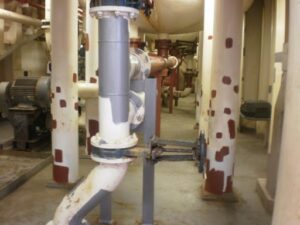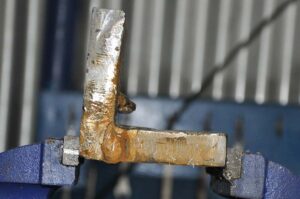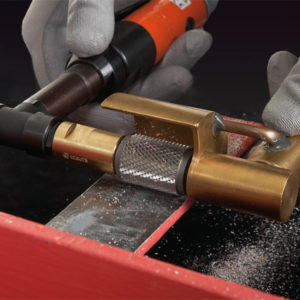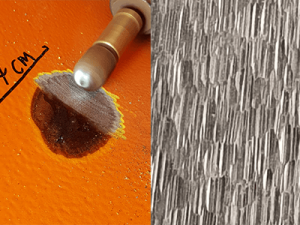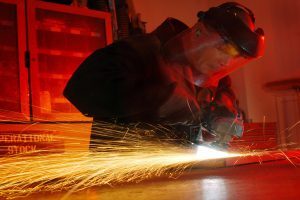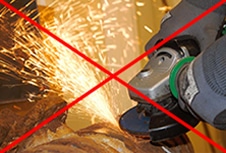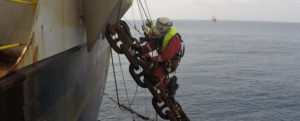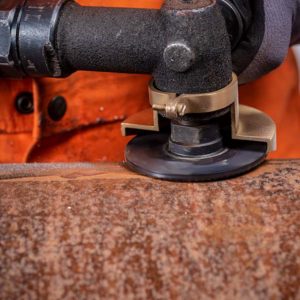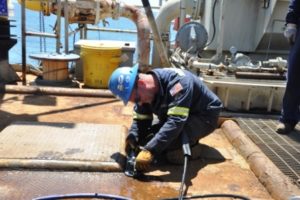Surface treatment
Surface treatment often takes place as part of pre-treatment, treatment, or final treatment of a product or material.
Introduction:
There are many types of surface treatment, but we focus on only a few.
- Sandblasting
- Polishing, sanding and grinding
- Application of various coatings
- Painting and varnishing
- Metallization
A wide range of products and materials can be surface treated, but we stick to metals in this article.
In this project article, we will take a closer look at the section on grinding and the mechanical part of surface treatment.
Dangers in the surface treatment industry
Surface treatment can use various chemical substances, products, and equipment. The methods used to determine the degree of release (formation) of, for example, dust, liquid droplets, and inhalable aerosols. Unless specialized collection methods, sandblasting, rinsing and cleaning, and other surface treatments with high-pressure release small particles, this can pose a particular health risk if the particles are inhaled.
Sandblasting
It is known in the industry that sandblasting is the most commonly used surface treatment method, especially in large areas. There are many different types and techniques for performing sandblasting. One example may be blowing with a nozzle that mixes water and sand in optimal conditions.
There are large HSE requirements for sandblasting and other methods, including:
- Blasting machines/Equipment.
- Dry/wet cabinets.
- Sand suction systems, vacuum tanks, and other devices for collecting blasting and cleaning agents.
- Blasting guns and hoses.
- Own blasting helmets and hoods.
- Solid suits.
- Blasting gloves.
- Fresh air system for basting operator.
- Heavy equipment.
Hot work
Hot work is welding, thermal cutting, thermal spraying, carbon arc chiselling (arc spraying), soldering, and grinding.
Risk factors and requirements for hot work
- High noise levels.
- Improper use of PPE can have fatal consequences.
- Often high vibration levels in tools.
- Static work and poor access.
Hot work in ATEX/EX areas
- Demanding risk assessments
- Stop / Shutdown
- Firefighters
- Hot work permits
- Habitats
- Demanding clean-up work.
Cold work
Cold work is defined by tools that do not generate high heat. Spot repair involves removing damaged or deteriorated parts of the coating and the associated contamination, followed by replacing a new coating. This helps to extend the life of the coating system with minimal intervention.
Cold work tools – Safety Tools Allmet
Non-sparking cold working tools from Safety Tools Allmet provide many HSE benefits, such as;
- No hot sparks. It does not damage the substrate and underlying paint/coating.
- Low heat. Heat varies from 30 ℃ to 60 ℃ for grinding on steel. You can immediately place your hand on the steel, even after a long period of grinding.
- Low vibration. Tested and approved for use over a typical workday. 7.5 hours
When you use cold working tools, the only requirement is standard PPE.
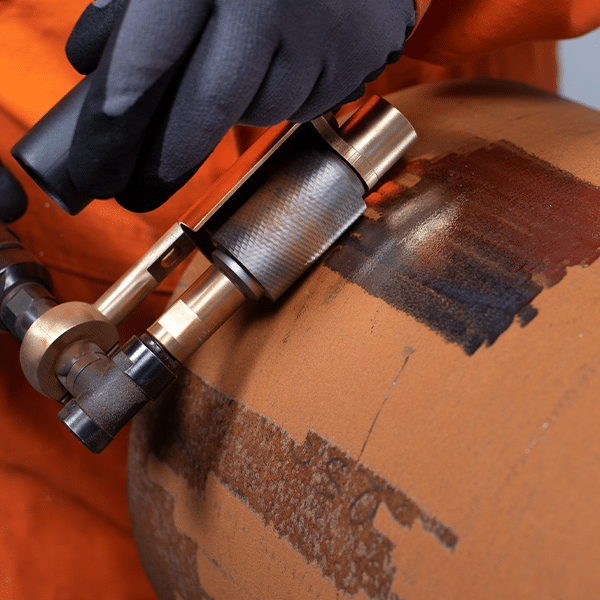
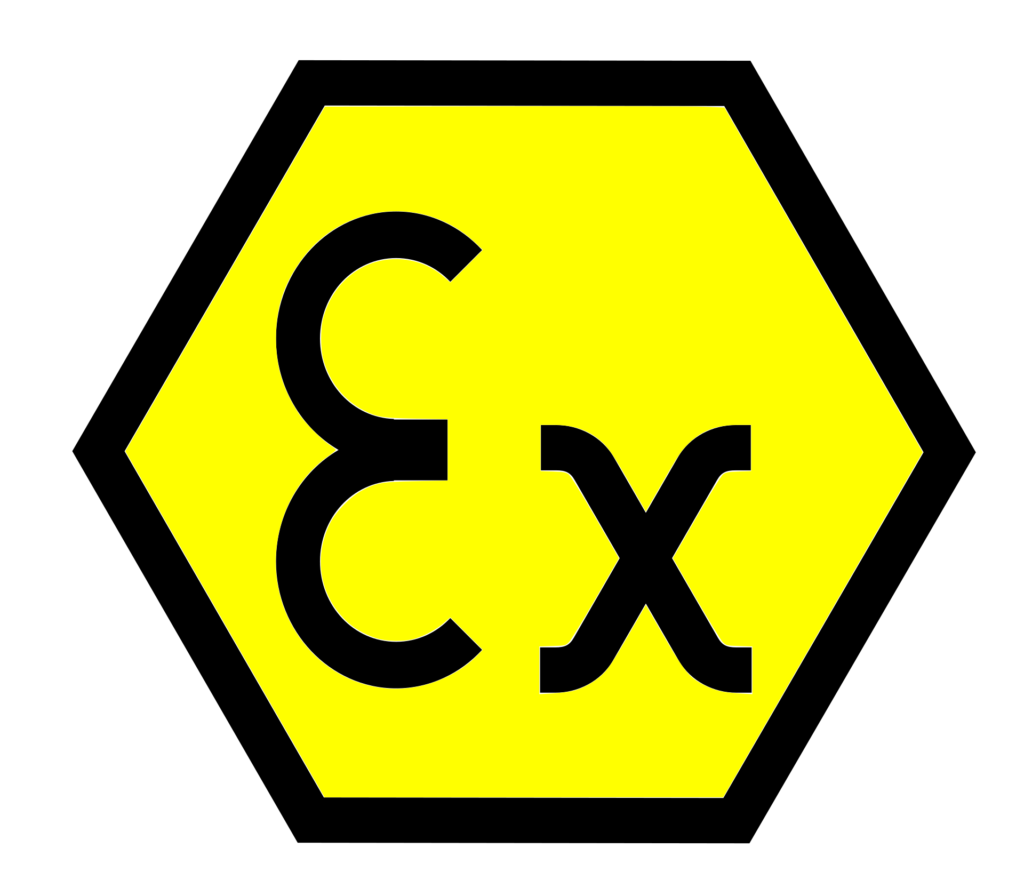
Grinding and cutting tools from Safety Tools Allmet are efficient and competitive for use outside dangerous areas. In addition to the great HSE benefits the tools provide.
Whether you use the tools in or outside gas zones, our grinding tools meet the SSPC-SP11 Surface Preparation Standard requirements.
The tool creates a good roughness profile of between 40-75 microns and has been tested independently for surface adhesion by many international companies.
This standard is suitable where a roughened, clean, bare metal surface free of all visible oil, grease, dirt, rust, coating, oxides, mill scale, corrosion products, and other foreign matter is required.
The peaks and valleys on the prepared surface form a continuous pattern with no smooth, unprofiled areas.
Videos – Safety Tools Allmet
We have different solutions specially developed for surface treatment.

